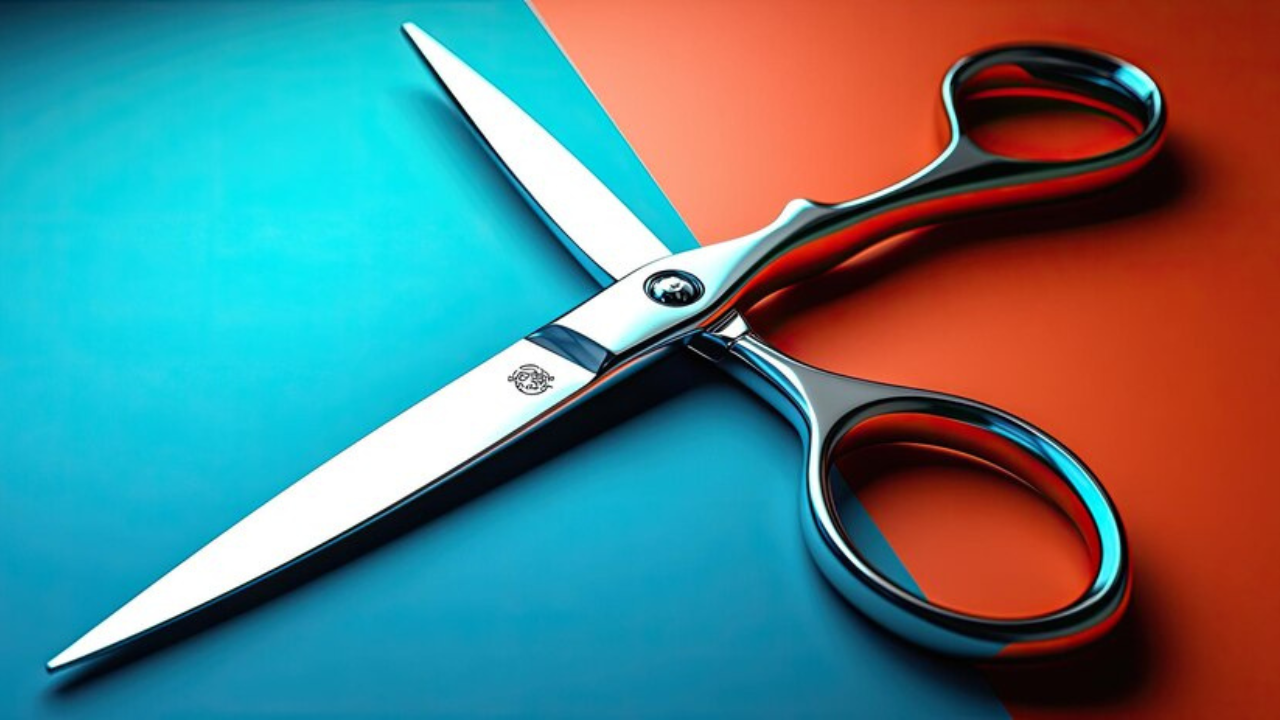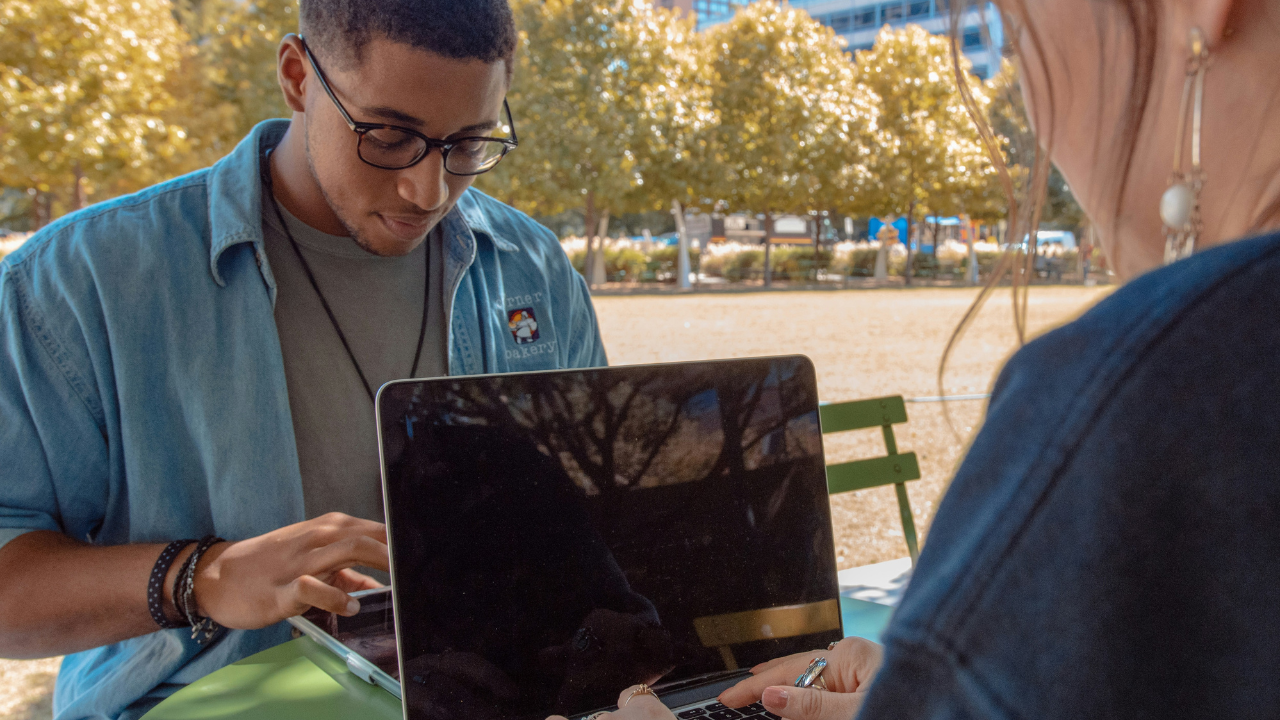Martial arts is a world rich with techniques, each one offering unique advantages. Among these moves lies the often-overlooked headscissors—a powerful grappling technique that not only showcases athleticism but also creativity. Whether you’re a seasoned practitioner or just starting your journey, understanding and mastering headscissors can elevate your skills to new heights.
Imagine the surprise on an opponent’s face when you seamlessly transition into this dynamic move. It’s more than just about winning; it’s about developing agility, strength, and strategy in every bout. Let’s dive deeper into what makes headscissors an essential part of martial arts training and why every martial artist should embrace this versatile technique!
The History of Headscissors in Martial Arts
The origin of headscissors can be traced back to ancient martial arts practices across various cultures. This move has roots in grappling disciplines like jiu-jitsu and wrestling, where practitioners sought effective ways to control their opponents.
In traditional Japanese jiu-jitsu, the technique was often used for both offense and defense. It allowed a smaller fighter to leverage their body against a larger opponent through clever positioning.
As martial arts evolved, headscissors found its place in Brazilian jiu-jitsu and mixed martial arts. The adaptability of this technique makes it relevant across different styles today.
Headscissors not only highlights physical skill but also strategic thinking, allowing fighters to execute it with finesse even in high-pressure situations. Its historical significance adds depth to the understanding of modern combat sports while showcasing the evolution of fighting techniques throughout time.
The Benefits of Incorporating Headscissors into Training
Headscissors offer a unique blend of power and control, making them essential for martial artists. By incorporating this technique into training, practitioners enhance their grappling skills significantly.
This move builds core strength and leg endurance. Engaging the muscles required to execute headscissors can lead to improved overall fitness. As you develop these attributes, your performance in various martial arts disciplines will flourish.
Additionally, headscissors foster enhanced flexibility and balance. The position demands coordination and adaptability, both crucial traits for any fighter.
Psychologically, mastering headscissors boosts confidence. Successfully applying this technique against an opponent can elevate your self-assurance on the mat or in competition settings.
Learning how to effectively use headscissors sharpens strategic thinking during sparring sessions. It encourages quick decision-making under pressure while providing opportunities for counters and transitions.
Techniques and Variations of Headscissors
Headscissors techniques offer a diverse range of applications in martial arts. This move primarily involves wrapping the legs around an opponent’s head, leveraging body weight and leg strength to gain control.
One popular variation is the standing headscissor. Here, you maintain balance while applying pressure through your thighs. It’s effective for taking down opponents or creating openings for submissions.
Another technique is the seated headscissor. By sitting on your opponent’s chest with legs locked around their neck, you can immobilize them effectively. This position allows for numerous follow-up attacks.
The inverted headscissors adds complexity by positioning yourself upside down while maintaining grip with your legs. It not only confuses opponents but also opens up pathways for transitions into other moves like chokes or arm locks.
Experimenting with these variations helps build versatility in your arsenal and enhances overall grappling skills within different combat sports contexts.
How to Properly Execute a Headscissor
To execute a headscissor properly, start by positioning your opponent’s head between your thighs. Ensure you have a firm grip on their neck or upper body with your legs.
Next, squeeze tightly while maintaining control. Your core should engage to help stabilize and support the position. Angle your hips slightly for added pressure and leverage.
Keep your feet flexed and pointed to prevent escapes. This maintains the integrity of the hold, making it more effective.
As you apply pressure, focus on breathing evenly. This helps maintain composure under tension. Remember to keep an eye on potential counters from your opponent so you can adjust quickly if needed.
Practice regularly with partners who understand how to tap out safely, ensuring everyone remains safe while refining technique. Mastery comes with time and repetition—stay patient as you develop this powerful move in martial arts training.
Real-Life Applications and Self-Defense Purposes
Headscissors are not just flashy moves seen in competitions. They hold practical value in real-life self-defense situations as well.
Imagine facing an aggressive opponent. A well-executed headscissor can immobilize them quickly, giving you the upper hand. This technique allows for control without excessive force, which is crucial in many scenarios.
Additionally, using your legs effectively means you don’t rely solely on upper body strength. This aspect makes it accessible to practitioners of all sizes and strengths.
Moreover, headscissors can create opportunities for escape or counterattacks by disorienting the attacker. In stressful situations, the element of surprise is invaluable.
Understanding how to apply this move under pressure builds confidence too. It teaches martial artists that they can defend themselves creatively and efficiently when needed most.
Common Misconceptions About Headscissors
Many people view headscissors as an impractical move, believing it lacks effectiveness in real combat. This misconception overlooks its versatility and power when executed correctly.
Another myth is that headscissors are only for practitioners of Brazilian jiu-jitsu or wrestling. In fact, various martial arts incorporate this technique, making it a valuable skill across disciplines.
Some assume that headscissors rely solely on strength. However, proper technique and body positioning play crucial roles in executing this move successfully. Anyone can master it with practice, regardless of their physical attributes.
There’s also a belief that headscissors are dangerous and should be avoided entirely. While safety is paramount during training, when practiced responsibly under guidance, they can be performed safely without injury risks.
These misunderstandings often prevent martial artists from exploring the full potential of headscissors within their training regimen.
Conclusion: Embracing the Power of Headscissors in Martial Arts
The headscissors technique is an invaluable addition to any martial artist’s training arsenal. Its rich history showcases its effectiveness and versatility, while the numerous benefits highlight why it deserves a spot in your routine.
By mastering various techniques and understanding how to execute them properly, practitioners can unlock new levels of skill. The real-life applications demonstrate that this move isn’t just for sport; it serves practical self-defense purposes as well.
Despite some common misconceptions surrounding headscissors, it’s clear that when used correctly, this technique can be both safe and effective. Embracing headscissors not only enhances your repertoire but also deepens your appreciation of martial arts as a whole.
So whether you’re looking to improve your grappling skills or simply want to add something unique to your training sessions, incorporating headscissors could provide you with the edge you’ve been seeking. Dive into this powerful technique and experience its transformative impact firsthand.












Диплом техникума купить официально с упрощенным обучением в Москве